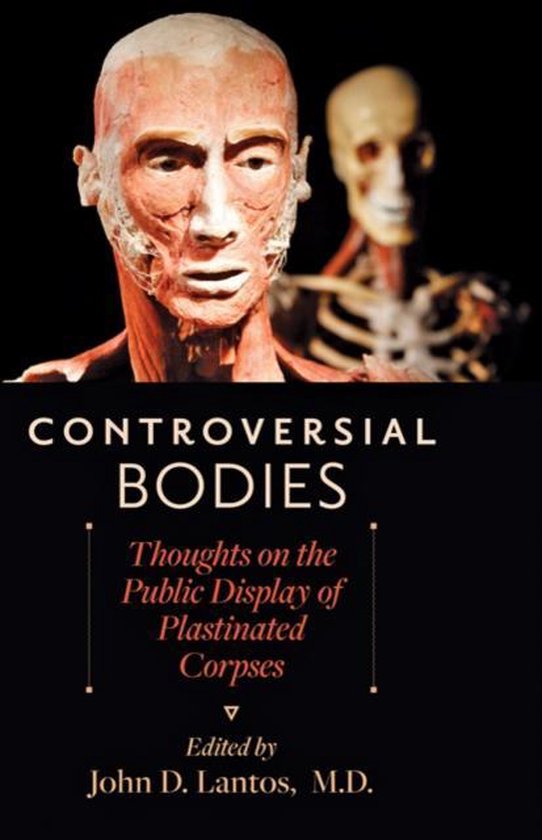De Boeken van Wouter
Controversial Bodies - Thoughts on the Public Display of Plastinated Corpses
Controversial Bodies - Thoughts on the Public Display of Plastinated Corpses
Couldn't load pickup availability
Verzending is beschikbaar op maandag en vrijdag
Meestal verzonden binnen 1–4 dagen na bestelling
4 boeken kopen = 3 betalen
Gratis verzending vanaf €25
Titel: Controversial Bodies - Thoughts on the Public Display of Plastinated Corpses
Schrijver: John D. Lantos
Bindingswijze: Hardcover
EAN: 9781421402710
Conditie: Goed
Let op: Hieronder staat een algemene beschrijving van hoe wij onze conditietypes classificeren. Als u een nauwkeuriger beeld wilt of specifieke vragen heeft, stuur ons dan een bericht en we kijken het graag voor u na.
Conditie-omschrijvingen:
- Als Nieuw: Nauwelijks gebruikssporen, bijna als nieuw.
- Goed: Kan lichte gebruikssporen vertonen, zoals wat verkleuring of een naam op de schutbladen, maar doorgaans geen onderstrepingen of aantekeningen in de tekst.
- Redelijk: Boek in redelijke staat. Kan gebruikssporen vertonen, zoals verkleuring, leesvouwen in de rug, onderstrepingen, aantekeningen, lichte vervuiling aan de randen, ezelsoren of een kromme rug.
- Nieuw: Boek is nieuw.
Beschrijving:
Contributions from bioethicists, historians, physicians, anatomists, theologians, and novelists dig deeply into issues that compel, upset, and unsettle us all.
Controversial, fascinating, disturbing, and often beautiful, plastinated human bodies-such as those found at Body Worlds exhibitions throughout the world-have gripped the public's imagination. These displays have been lauded as educational, sparked protests, and drawn millions of visitors. This book looks at the powerful sway these corpses hold over their living audiences everywhere. Plastination was invented in the 1970s by German anatomist Gunther von Hagens. The process transforms living tissues into moldable plastic that can then be hardened into a permanent shape. Von Hagens first exhibited his expertly dissected, artfully posed plastinated bodies in Japan in 1995. Since then, his shows have continuously attracted so many paying customers that they have inspired imitators, brought accusations of unethical or even illegal behavior, and ignited vigorous debates among scientists, educators, religious leaders, and law enforcement officials. These lively, thought-provoking, and sometimes personal essays reflect on such public displays from ethical, legal, cultural, religious, pedagogical, and aesthetic perspectives. They examine what lies behind the exhibitions' popularity and explore the ramifications of turning corpses into a spectacle of amusement. Contributions from bioethicists, historians, physicians, anatomists, theologians, and novelists dig deeply into issues that compel, upset, and unsettle us all.
Share

